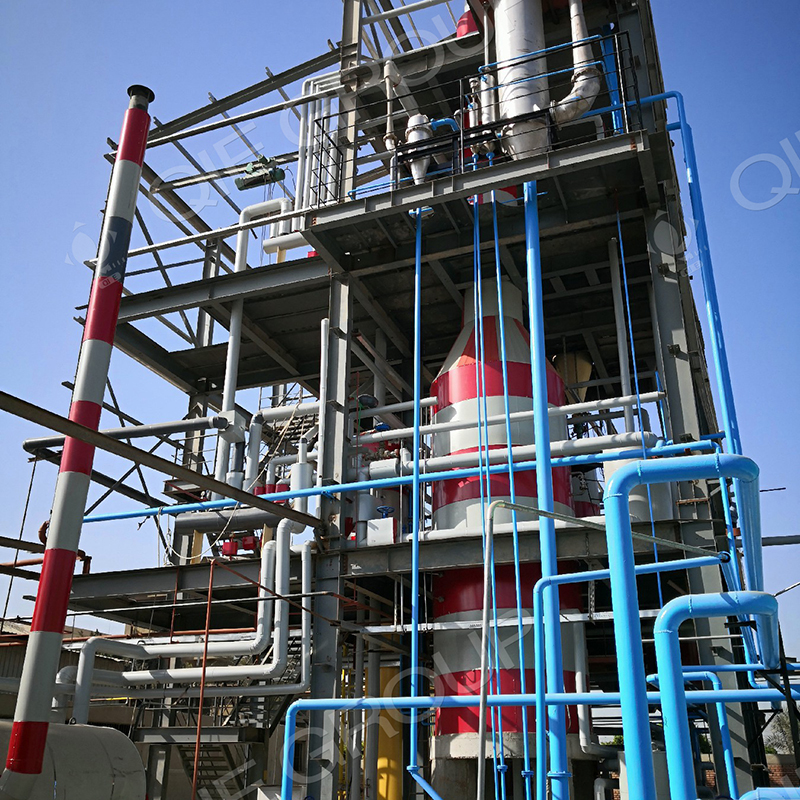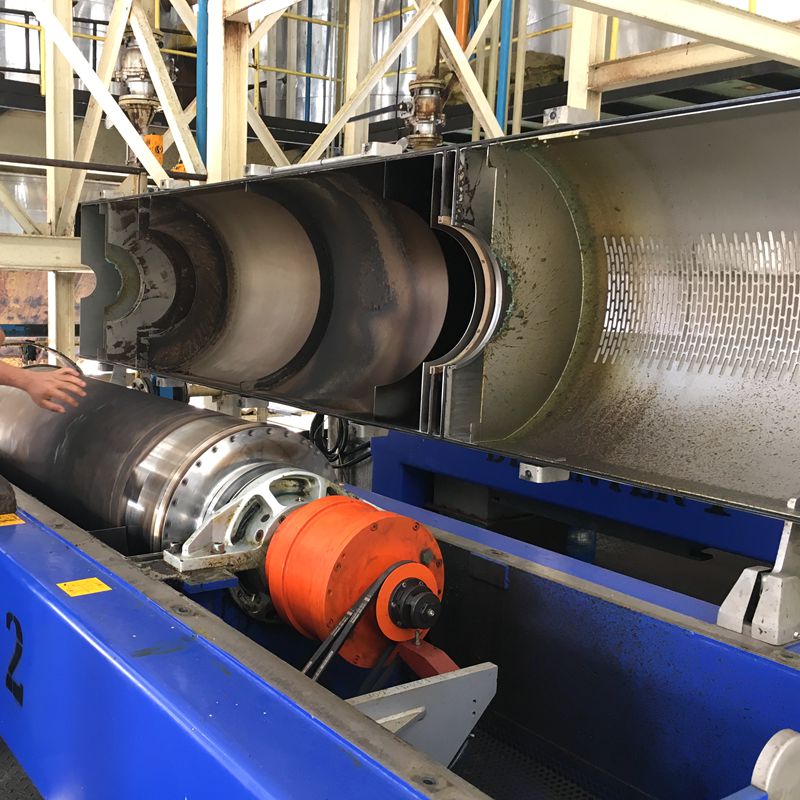
In the global palm oil industry, energy conservation and environmental protection have become crucial factors for companies to enhance their competitiveness. This article delves into the core processes of palm oil pressing, equipment selection, and the application of energy - saving technologies, aiming to provide practical guidance for palm oil production enterprises.
The palm oil pressing process starts with raw material preparation. High - quality palm fruits need to be selected, cleaned, and sterilized. For example, a well - known palm oil company in Malaysia improved the raw material selection process, reducing the impurity rate from 5% to 2%, which significantly improved the subsequent pressing efficiency. After that, the pressing process requires precise control of parameters such as temperature and pressure. Generally, the optimal pressing temperature is around 80 - 90°C, and the pressure is about 20 - 30 MPa.
 Then comes the oil separation stage, which can be achieved through centrifugation or sedimentation. Finally, the treatment of waste residue is also important. It can be used as bio - fuel or organic fertilizer, realizing resource recycling.
Then comes the oil separation stage, which can be achieved through centrifugation or sedimentation. Finally, the treatment of waste residue is also important. It can be used as bio - fuel or organic fertilizer, realizing resource recycling.
When selecting equipment, palm oil production enterprises should consider their production capacity requirements and raw material characteristics. For small - scale enterprises with a daily production capacity of less than 10 tons, semi - automatic equipment may be more suitable. While large - scale enterprises with a daily production capacity of over 100 tons are recommended to choose fully automated equipment.
| Production Capacity | Recommended Equipment Type |
|---|---|
| Less than 10 tons/day | Semi - automatic |
| 10 - 100 tons/day | Partially automated |
| Over 100 tons/day | Fully automated |
High - automation equipment can effectively reduce labor costs. A palm oil factory in Indonesia introduced high - automation equipment, reducing the number of workers from 50 to 20, saving about 60% of labor costs. It can also improve product consistency. Since the equipment operates according to pre - set programs, the quality of the produced palm oil is more stable. Moreover, high - automation equipment can better meet safety and hygiene standards, which is essential for food - grade palm oil production.

Optimizing process parameters can significantly reduce energy consumption. For example, by adjusting the pressing speed and temperature, a company in Thailand reduced its energy consumption by 20%. 304 stainless steel is widely used in palm oil production equipment because of its anti - corrosion and long - lasting properties. It can reduce the frequency of equipment replacement and maintenance, thus saving energy in the long run.

Investing in energy - saving and high - automation equipment can greatly improve the return on investment and production efficiency for palm oil production enterprises. By reducing energy consumption and labor costs, enterprises can not only save money but also enhance their brand recognition in the market.
Are you ready to upgrade your palm oil production line to be more energy - efficient and automated? Click here to learn more about our high - quality palm oil production solutions!
1. What challenges do you face in the current palm oil production process in terms of energy conservation?
2. Do you think high - automation equipment is suitable for all palm oil production enterprises?

